A Glowing Goddess
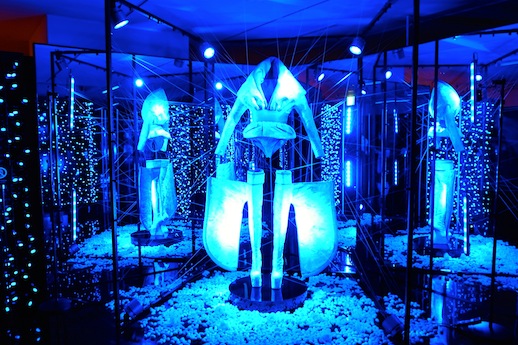
“Tranceflora— Amy’s Glowing Silk,” shown at Gucci Shinjuku last month, told the unusual tale of a girl, Amy, who meets someone special, falls in love, and genetically engineers silkworms to make a glowing, fragrant, aphrodisiac-enhanced supersuit to snare her beloved’s heart. That’s the origin myth behind this exhibit by Sputniko! (Hiromi Ozaki), the Japanese-British MIT assistant professor and 2013 Vogue Japan Woman of the Year, who is known for her narrative projects that fuse art and technology.
Sputniko!’s previous works include Menstruation Machine— Takashi’s Take (2010). It’s a music video starring a boy named Takashi who wears a device simulating the blood and cramps of a period to see what it’s like to be a woman. Crowbot Jenny (2011) is a video about a girl who builds a machine for communicating with crows, and Nanohana Heels (2012), is a pair of shoes that plant radioactivity-absorbing rapeseeds (nanohana) as the wearer walks. All of these works are based on real technologies.
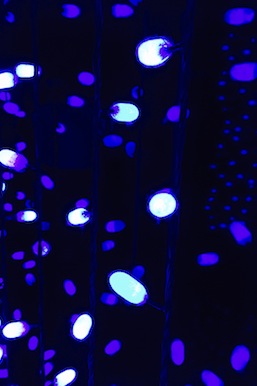
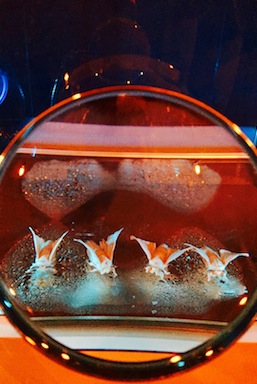
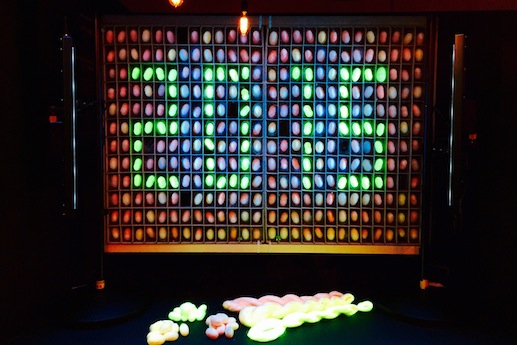
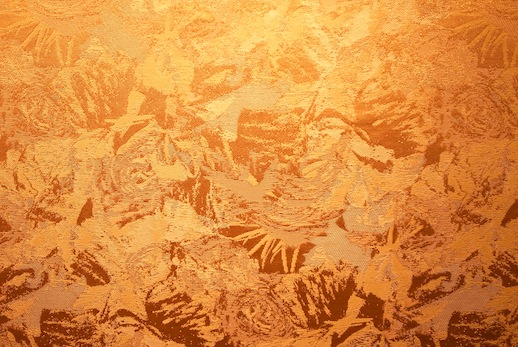
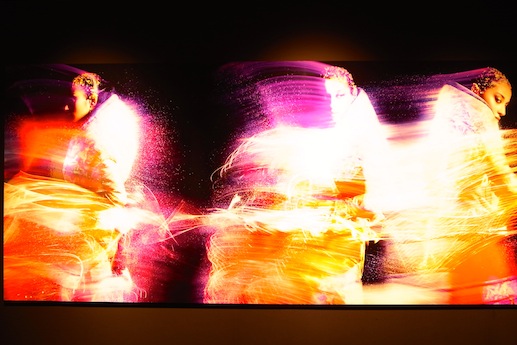
Ultimately, the exhibit speaks to that which is ancient and eternal rather than the futuristic; technologies, fashions, and norms change, but female allure has a long and diverse history and inevitable future.



